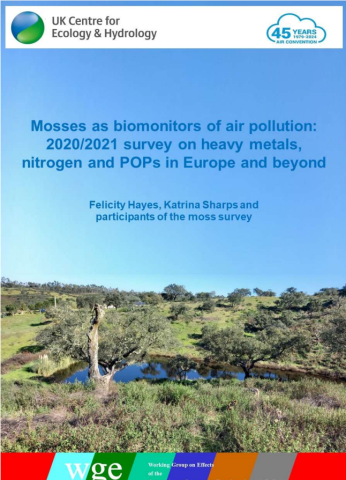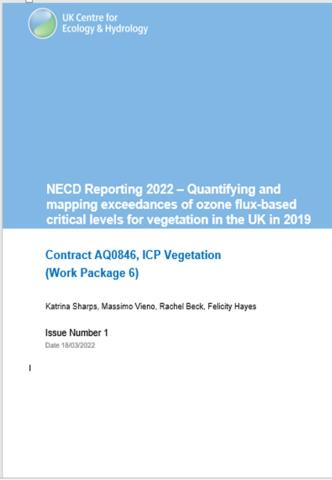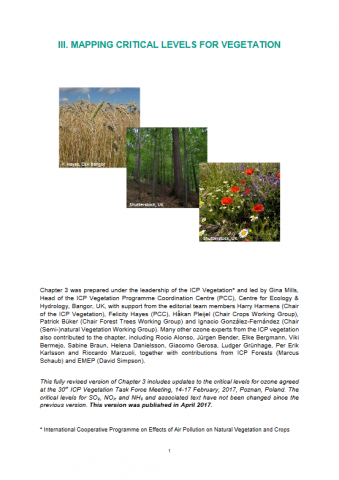POPs are organic substances that possess toxic and/or carcinogenic characteristics. They degrade very slowly in the environment, accumulate in the food chain and like heavy metals and nitrogen are prone to long-range transboundary atmospheric transport and deposition. Anthropogenic sources of POPs include waste incineration, industrial production and application (such as pesticides, flame retardants, coolant fluids). Worldwide, there is concern about the continuing release of POPs into the environment and its long range transport to remote areas such as the polar regions. Hence, in 2001 the Stockholm Convention on POPs was established.
A review by the ICP Vegetation (Harmens et al., 2013) has shown that mosses are suitable organisms to monitor spatial patterns and temporal trends of atmospheric concentrations or deposition of POPs, including polycyclic aromatic hydrocarbons (PAHs), polychlorobiphenyls (PCBs), dioxins and furans (PCDD/Fs), and polybrominated diphenyl ethers (PBDEs; flame retardants). As part of the European moss survey in 2010/11, six countries (France, Norway, Poland, Slovenia, Spain and Switzerland) conducted a pilot study on the application of mosses as biomonitors of atmospheric deposition of POPs. PAHs were the focus of the pilot study, although Norway also analysed additional POPs (ICP Vegetation Annual Report 2012/13).
In Norway, the observed geographical distribution of the concentration of selected POPs (PCB, DDT (dichlorodiphenyltrichloroethane), HCH (hexachlorohexane) PAHs, PBDEs and PFAS (perfluorinated compounds)) in mosses indicated that the concentration in mosses reflect the atmospheric deposition patterns well. For most of the POPs the concentration in mosses decreased with northern latitude (similar to heavy metals), indicating that long-range atmospheric transport contributes to the higher concentrations observed in southern Norway. In Switzerland, high concentrations of PAHs were found in mosses sampled in the region of Basel (chemical industry), whilst low concentrations were observed in the western part of the central plateau where the population density is relatively low. There was a good correlation between the summed PAHs concentration in mosses and the concentration in PM10 and soil. The total PAHs concentration in mosses was the lowest in Norway and Slovenia and the highest in Poland. In the 2015/16 moss survey, the following countries determined the concentration of selected POPs in mosses: Austria, Germany, Ireland, Latvia, Norway and Switzerland. Countries participating in future moss surveys are encouraged to include determination of POPs (particularly PAHs) concentration in mosses.
Summary
- Mosses are suitable organisms for monitoring spatial patterns and temporal trends of atmospheric concentrations or deposition of POPs, including polycyclic aromatic hydrocarbons (PAHs), polychlorobiphenyls (PCBs), dioxins and furans (PCDD/Fs), and polybrominated diphenyl ethers (PBDEs; flame retardants).



